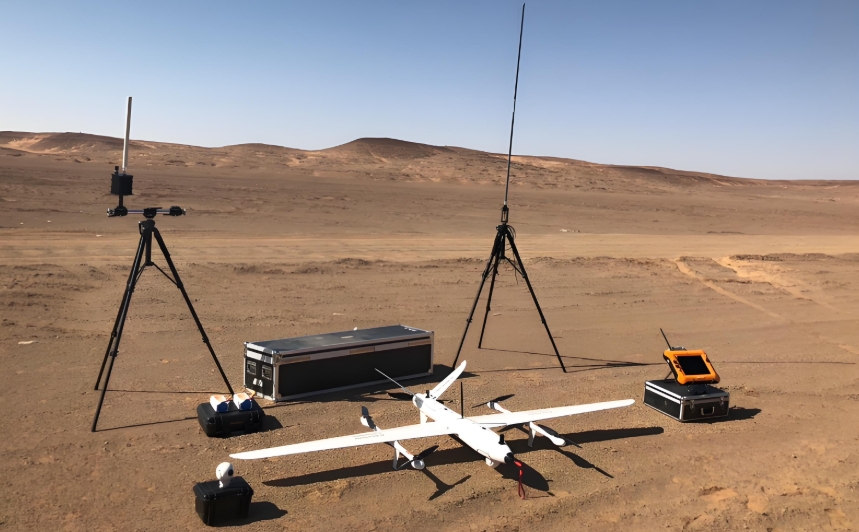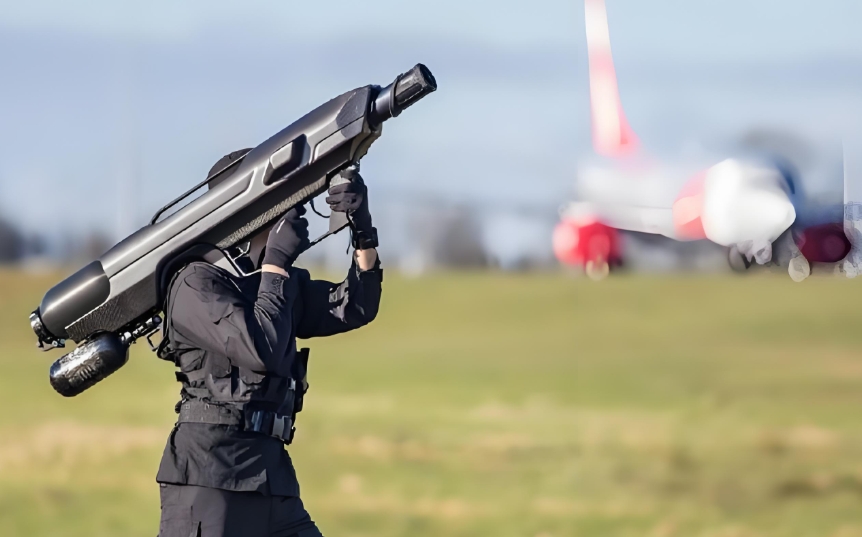
Welcome! Unlock Your First Offer Here

Welcome! Unlock Your First Offer Here

Welcome! Unlock Your First Offer Here
China's top anti-drone jammer manufacturer

As drones become ever more common—from delivering parcels to filming weddings—the flip side of their growth is increasingly urgent: how do we stop drones when they become a threat? One of the first solutions that comes to mind is jamming. Just press a button and poof, the drone loses contact and falls or flies away. But here’s the catch: that “magic button” is almost universally illegal unless you’re wearing a badge or a uniform.
While drone jammers seem like a quick fix to a modern problem, they’re often tightly controlled by national laws due to their potential to disrupt critical communications. In this guide, we examine global regulations, the reasons behind restrictions, and safer legal alternatives for airspace protection.
Drone jammers operate by emitting powerful RF noise across key communication and navigation bands—usually GPS L1 (1575 MHz), 2.4GHz, and 5.8GHz. That alone makes regulators sweat. These bands are shared with civilian infrastructure like Wi-Fi, navigation, and emergency services. Unsurprisingly, most countries put a big red stop sign in front of unauthorized jamming.

| Country/Region | Legal Status | Authorized Users | Notes |
|---|---|---|---|
| United States | Illegal for civilians | DoD, DHS, FAA-approved agencies | Fines up to $11,000/day; jail time up to 5 years |
| European Union | Prohibited for public use | Military, law enforcement, critical infrastructure | Temporary permits available for major events |
| China | Restricted to government agencies | Military, police, aviation authorities | Export licenses required for systems over 5km range |
| Russia | Authorized for military & border | MoD, FSB | Broad use in Ukraine conflict, including mobile jammers |
| Japan | Under revision for specific zones | Maritime and Air Self-Defense Forces | Legal updates proposed in 2025 for maritime border control |
| Brazil | Regulated for prison use | Correctional departments with ANATEL approval | Used for contraband control in São Paulo prisons |
| Saudi Arabia | Defense deployments allowed | Royal Guard, military | First large-scale user of Chinese laser & jammer systems |
| South Africa | License required | Government-run correctional facilities | Controlled by ICASA communications regulator |
In 2023, a warehouse in Guizhou, China installed an illegal GPS jammer. It disrupted aircraft signals within a 10 km radius, resulting in aviation incidents and heavy fines. It wasn’t even targeting drones—just trying to block fleet tracking.
Here’s the simple truth: jammers don’t discriminate. They’re like a shotgun in a smartphone world—powerful, yes, but messy and imprecise.

In other words, the core issue isn’t just safety—it’s about control. Governments regulate the spectrum for a reason, and blasting RF noise into the sky breaks every rule in the book.
Drone jamming is classified as a security tool, often falling under the same umbrella as military-grade EW (Electronic Warfare) equipment. Legal use typically requires both authorization and specific operational context.

Most of these agencies operate integrated systems combining jammers with radar, RF detectors, cameras, or GPS spoofers. Why? Because jamming is risky without precise detection and control.
If you’re a private citizen, business owner, or event organizer, there are legal tools that can still help you keep drones at bay—without running afoul of the law.
| Technology | Description | Legal Status |
|---|---|---|
| RF Detection | Passive monitoring of control signals | Legal in most countries |
| Acoustic Detection | Microphone arrays to catch rotor noise | Legal |
| Optical Sensors | AI cameras to visually track drones | Legal |
| Radar | Active detection using wave reflections | Legal with coordination |
| Remote ID Systems | Reads mandatory drone transponders | Legal (mandatory in many regions) |
| Drone Catchers (Nets) | Net guns or drones that trap other drones | Legal under regulation |
| Geofencing | Pre-set GPS zones to prevent unauthorized flight | Legal and encouraged |
These tools are growing fast in performance and affordability. Smart cities, airports, and power plants are already integrating hybrid systems—radar + RF + visual—to track drones before deciding whether to act.
Beyond legality, the landscape of drone jamming is shaped by international politics, tech advances, and public safety concerns.

During the 2024 Paris Olympics, French law enforcement deployed handheld jammers with real-time spectrum logs uploaded to a central system. Only designated zones were permitted for jamming, and every incident was logged and analyzed afterward. This strict model could become the blueprint for future international event security.
Drone jammers are effective, no doubt. But they’re not just tools—they’re power sources. And like any powerful tool, they come with rules, risks, and responsibilities. In most countries, unless you’re operating under official authorization, jamming drones is both dangerous and illegal.
That doesn’t mean you’re powerless. With the rise of smart detection systems, AI-enabled optical tracking, and geofencing tech, civilian operators have more legal options than ever before. As technology matures and airspace becomes more crowded, the smart move isn’t just stopping drones—it’s doing so safely, legally, and smartly.
So before you buy that jammer on a shady website, ask yourself: Do I want to stop a drone—or do I want to stop the police from knocking on my door? There’s usually a better way.